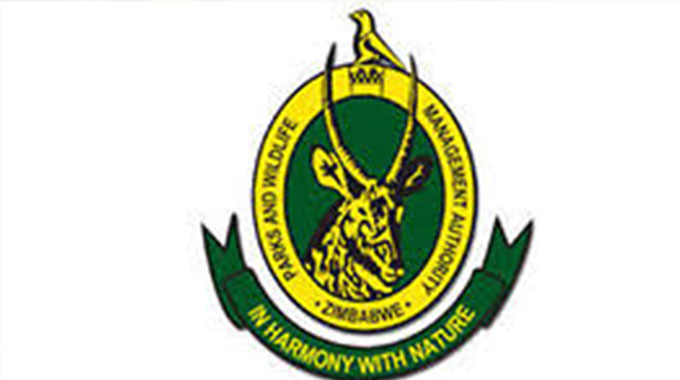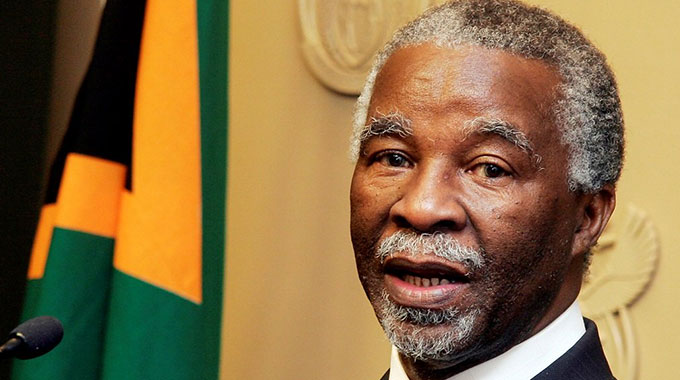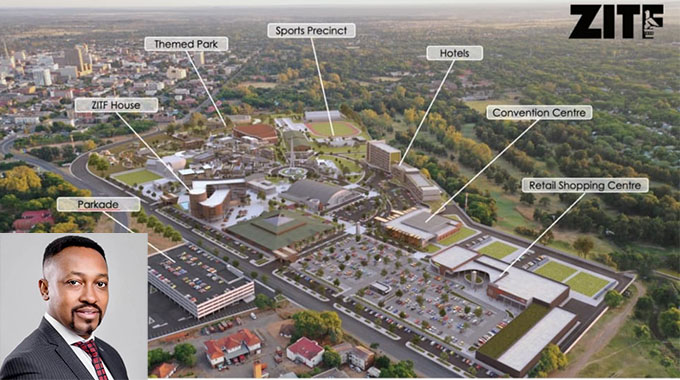ZimParks understaffed by 1000 workers

Walter Mswazie in Masvingo
THE Zimbabwe Parks and Wildlife Management Authority (ZimParks) is reeling under a yearly operational deficit of US$10 million that is restricting it from meeting its obligation in animal conservation, a senior official has said.
This comes in the wake of reports that the organisation is understaffed as about 1 000 positions remain vacant.
ZimParks is running with a workforce of 25 000 and still has gaps on the aspect of antipoaching equipment as well as vehicles.
In an interview recently, ZimParks Director General Mr Fulton Mangwanya said the organisation is still battling overpopulation of elephants despite regular translocations.
He said this makes life difficult for rangers who now patrol beyond the recommended area of 25 square metres per individual. He said the ballooning number of elephants has a strain on the budget.
However, Mr Mangwanya said the organisation has managed to clear a legacy debt of US$25 million this year and hopes were high that more credit lines would be extended in the coming financial year.
“We are operating with a deficit of US$10 million every year, as ZimParks,” said Mr Mangwanya.
“We are also still grappling with over population of elephants as a country where we have over 83 000 against an ecological capacity of 55 000.
“This causes serious disaster in terms of habitat destruction because elephants destroy vegetation, which will never recover as populations continue to rise,” he said.
Mr Mangwanya said the deaths of 200 elephants recently at Hwange National Park were caused by the depletion of habitat including water sources given climate change effects.
“These are effects of over population of elephants and imagine there are other animal species which fight for space in the same habitat.
“We have translocated some animals that also include buffaloes from the South to the North,” he said.
Mr Mangwanya said the organisation has engaged partners in the fight against poaching within the conservancies as well as improving security systems. “We are working with partners like the African Parks and we are also rejuvenating ZimParks so that poaching can be countered. Right now, we are confident that if we put elephants in the Valley, we will not have problems because we have trained personnel that can fight poaching as we have also acquired more vehicles,” he said.
“We are now waiting for some Non-Governmental Organisations (NGOs) to assist us in strengthening our anti-poaching efforts and translocation as both are very expensive exercises. We can start with Gonarezhou in Chiredzi as it is also our flagship after Hwange National Park. We also want to remove some elephants from there.”
Mr Mangwanya raised concern on international organisations that he said only reported negatively about ZimParks without taking into account positive efforts made to reduce poaching.
“We have reduced poaching by at least 60 percent with improved anti-poaching intelligence skills that our officers have acquired. We now have drones that we use to survey areas prone to poaching but when one animal dies some unscrupulous international animal welfare organisations scream, accusing us of corruption.
“To make matters worse some are not qualified ecologists to comment on wildlife but they are listened to. We envisage a situation where they assist us instead of bombarding the organisation for imagined faults.
“If we were corrupt, I don’t think we could get donated vehicles and some anti-poaching equipment from well-wishers.” -@walterbmswazie2












Comments